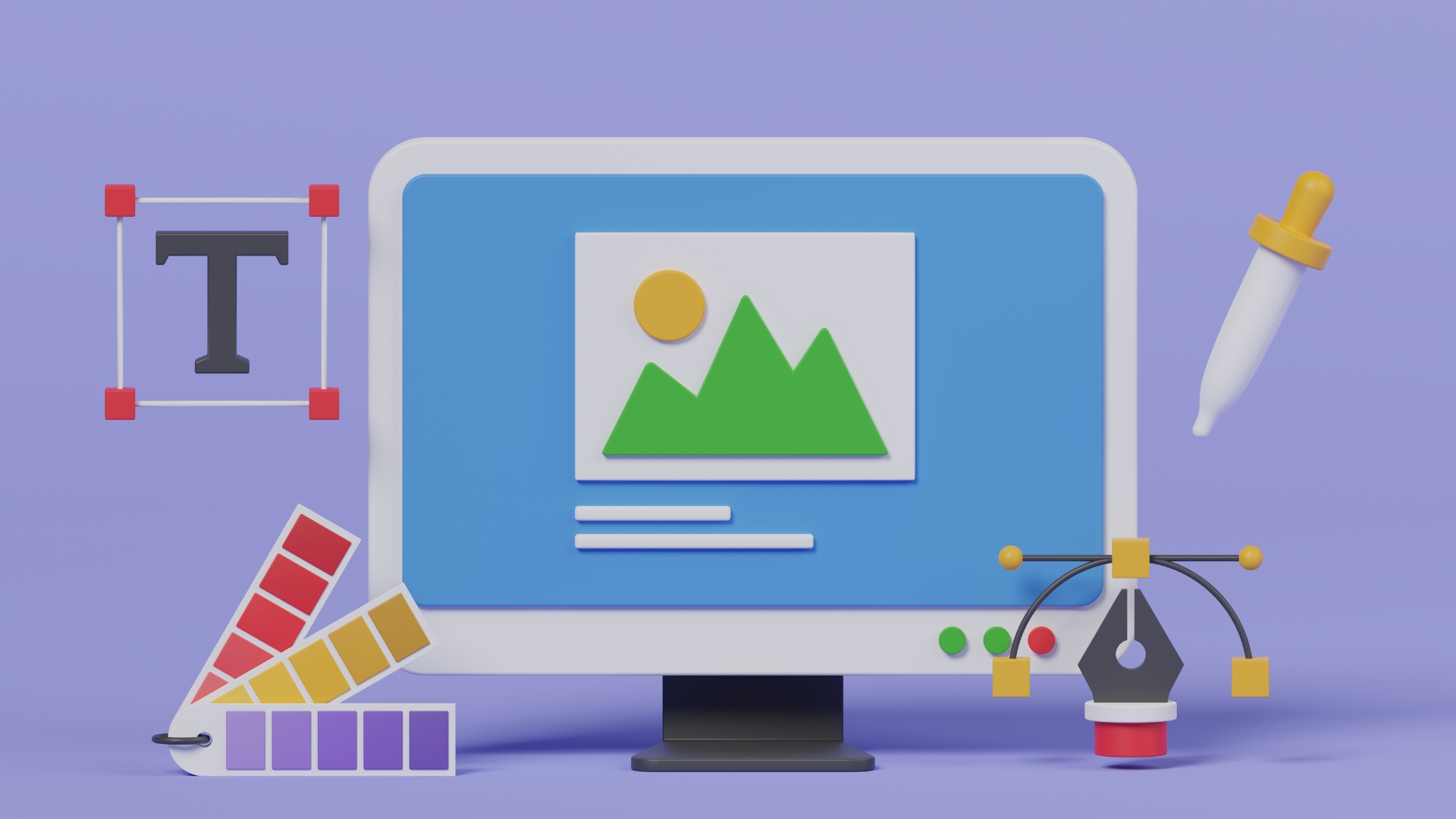The Art of Typography: How Fonts Shape Design Outcomes
Introduction
Typography is often described as the art of arranging type to make language visible. While it may seem like a straightforward aspect of design, typography plays a pivotal role in shaping design outcomes. The choice of fonts, their arrangement, and styling can influence how a message is conveyed, how a brand is perceived, and how a design resonates with its audience. In this blog post, we’ll delve into the world of typography and explore how fonts are a powerful tool for designers to communicate and connect.
Understanding Typography
1.1 The Power of Words
Typography involves more than just selecting a font; it’s about using words as design elements. Learn how typography can convey emotions, tone, and meaning.
1.2 The Anatomy of Fonts
Fonts come in various styles and variations. We’ll explore the key components of fonts and how they impact design.
Font Categories and Styles
2.1 Serif, Sans Serif, and More
Discover the major font categories and the characteristics that make them suitable for different design purposes.
2.2 Font Styles: Bold, Italics, and Beyond
Learn how font styles can emphasize or de-emphasize text within a design, altering its impact.
The Psychology of Fonts
3.1 Font Emotions
Different fonts evoke various emotions and associations. Understand how font psychology influences design choices.
3.2 Cultural Considerations
Fonts can have cultural connotations. Explore how fonts may be perceived differently in various regions and contexts.
Typography in Branding
4.1 Brand Identity
Typography is a core element of brand identity. We’ll examine how fonts can reflect a brand’s personality and values.
4.2 Logo Design
Dive into how fonts play a pivotal role in creating memorable and effective logos.
The Art of Hierarchy and Readability
5.1 Typography Hierarchy
Learn how designers use typography to establish a visual hierarchy in their designs, guiding the viewer’s attention.
5.2 Readability and Legibility
Explore the importance of readability and legibility in design, and how font choice and spacing impact them.
Typography in Web and Mobile Design
6.1 Responsive Typography
Discover how responsive design principles apply to typography in the digital realm.
6.2 Web Fonts
Learn about the role of web fonts and how they’ve expanded design possibilities for the web.
Tips for Effective Typography
7.1 Pairing Fonts
Explore font pairing techniques to create harmonious and visually appealing combinations.
7.2 White Space and Alignment
Understand the role of white space and text alignment in typography and design balance.
The Future of Typography
8.1 Innovations in Typography
Delve into emerging trends and technologies in the world of typography.
Typography is a dynamic and multifaceted field within design, where the choice of fonts and their arrangement can make or break a project. As designers, understanding the art of typography allows us to harness the power of words and create designs that resonate with our intended audience. Whether it’s branding, web design, or any other visual communication, typography is a tool that can shape design outcomes and convey messages in a way that is not just visually appealing but emotionally impactful. So, next time you embark on a design project, remember that the choice of fonts is not just a technicality; it’s an art.
Connect with Seismic Design Inc. today! We are here to help in maximizing your online visibility and drive meaningful results.
Interested to learn more about Seismic Design? Check out other services here.
